Sneaky Ways To Lose Weight
 People often start a weight loss regimen with trepidation and dread. They think they have to make dramatic changes to their life. Luckily, you can start slowly by making small changes. These sneaky ways to lose weight can make it easier and more fun. They take away the pain people often experience when they first start to lose weight and provide the satisfaction of shedding extra pounds. They don’t replace a healthy diet and exercise. Some of the sneakiest ways include both.
People often start a weight loss regimen with trepidation and dread. They think they have to make dramatic changes to their life. Luckily, you can start slowly by making small changes. These sneaky ways to lose weight can make it easier and more fun. They take away the pain people often experience when they first start to lose weight and provide the satisfaction of shedding extra pounds. They don’t replace a healthy diet and exercise. Some of the sneakiest ways include both.
Start with the simplest one: mindful eating.
What is mindful eating? It’s all about savoring your food and enjoying every bite. When you eat fast, you often eat more. You’ve already consumed several mouthfuls of food when your stomach finally signals your brain that it’s full. When you eat mindfully, you chew your food extra times until it’s a liquid. You’re using all your senses, noting its scent, taste, and texture the entire time you chew. It’s good for your digestive tract since more of the process is in your mouth. It also helps you eat less.
Walk more.
It’s easy to find ways to walk more. If you’re grocery shopping, park further from the store and walk. Carry your groceries back without using a cart, if possible. Take the stairs instead of the elevator. If you have too many flights to climb, take the stairs part of the way. If it gets too difficult to climb further, take the elevator. If you take the bus to work, get off one stop early and walk the final distance. Challenge yourself to walk further up the stairs or get off the bus earlier and track your progress.
Use smaller dishes.
Create a visual trick by using smaller plates. Using an 8.5-10-inch plate instead of an 11-inch plate makes all the difference in how high you pile the food. The same size serving looks far bigger on a smaller plate. It’s an optical illusion. Pile on the vegetables and salads first, then add your protein source. There’s little room on the plate for starchy food or bread. That keeps their serving size smaller.
- Eat healthier and make substitutions. Substitute Greek yogurt for sour cream for your potatoes. It saves a few calories, but when added together, they’re big savings. Use applesauce to replace some oil or sugar in baked goods.
- Plan and prepare meals ahead. Plan healthy meals one day, shop the next, and cook everything for the next week on another day. At the end of a long day, all you’ll have to do is heat and eat. It’s faster than take-out food and saves money.
- Drink more water. Drinking a glass of water 15-20 minutes before a meal can fill you up and boost your energy. Drinking more water prevents dehydration, where people sometimes mistake thirst for hunger and eat to solve the problem.
- When you plan meals, include snacks. Have fruit and vegetables cut and ready to eat in the refrigerator. Make healthy trail mix and pack it in individual serving sizes. When you make healthy snacking easier, you’re more apt to do it.
For more information, contact us today at Next Level Fitness



 Staying in shape isn’t easy when your life is busy. Many people in Irvine, CA find it difficult to have adequate time for everything. They often ignore fitness because they feel they’ll have time later when life isn’t as crowded or other people’s needs are more important than theirs. Neither reason is good. There are ways to include fitness in your life. These include making a few changes or modifying your workout.
Staying in shape isn’t easy when your life is busy. Many people in Irvine, CA find it difficult to have adequate time for everything. They often ignore fitness because they feel they’ll have time later when life isn’t as crowded or other people’s needs are more important than theirs. Neither reason is good. There are ways to include fitness in your life. These include making a few changes or modifying your workout.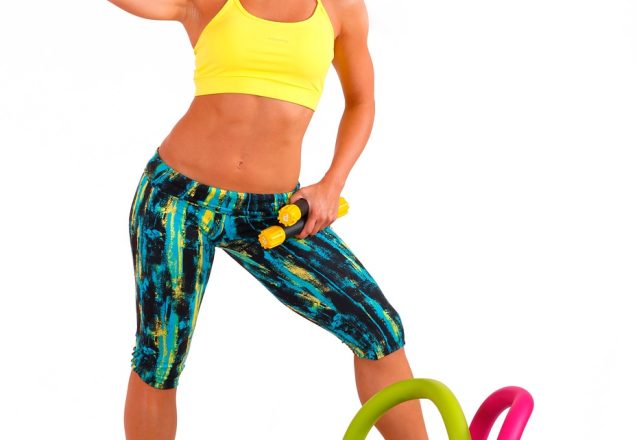
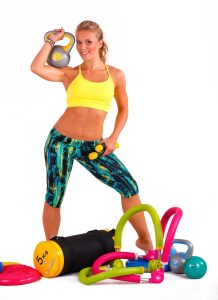 Trainers help athletes focus on workouts that enhance their bodies and prepare them for particular sports. It often involves mixing in tricks and tips that you might not expect. A healthy diet can make a huge difference, but so can mindset. Trying new ways to exercise and creating new routines is another. Mixing it up helps work muscles on different planes. It boosts fitness by ensuring your body experiences the potential blocks to success.
Trainers help athletes focus on workouts that enhance their bodies and prepare them for particular sports. It often involves mixing in tricks and tips that you might not expect. A healthy diet can make a huge difference, but so can mindset. Trying new ways to exercise and creating new routines is another. Mixing it up helps work muscles on different planes. It boosts fitness by ensuring your body experiences the potential blocks to success.
 If you want an edge in any endeavor, athletics or otherwise, work on mental focus and clarity. Newer studies show that the difference between average and superior is often all in your head. It took centuries for someone to come close, although some unofficial claims were made, and almost 91 years to break the 4:01 threshold. Roger Bannister did it in 1954 with a record time of 3:59. That record stood for slightly more than a month. In the last 50 years, almost 1800 athletes have succeeded in running a mile in under four minutes. It shows the barrier was more mental than physical.
If you want an edge in any endeavor, athletics or otherwise, work on mental focus and clarity. Newer studies show that the difference between average and superior is often all in your head. It took centuries for someone to come close, although some unofficial claims were made, and almost 91 years to break the 4:01 threshold. Roger Bannister did it in 1954 with a record time of 3:59. That record stood for slightly more than a month. In the last 50 years, almost 1800 athletes have succeeded in running a mile in under four minutes. It shows the barrier was more mental than physical.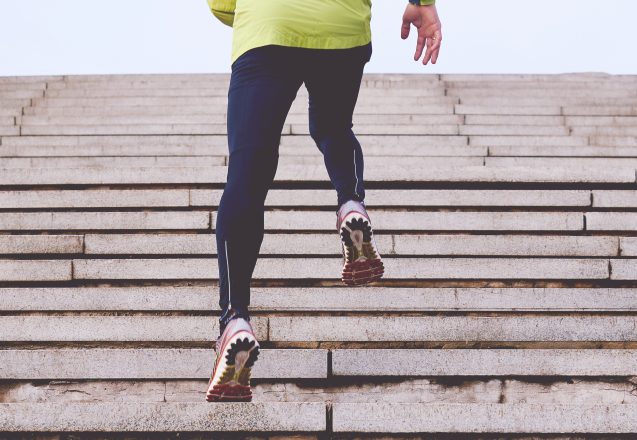
 The way you improve your stamina has a lot to do with your ultimate goal. If you’re running, the most effective tools may differ from someone focusing on weight lifting. Some techniques work for every sport and are a part of any sensible training program. They can help both the athlete and non-athlete. One simple technique is frequent hydration. Even mild dehydration can diminish your performance. If you’re feeling exhausted before finishing your workout, drink water and see if you can push through to success.
The way you improve your stamina has a lot to do with your ultimate goal. If you’re running, the most effective tools may differ from someone focusing on weight lifting. Some techniques work for every sport and are a part of any sensible training program. They can help both the athlete and non-athlete. One simple technique is frequent hydration. Even mild dehydration can diminish your performance. If you’re feeling exhausted before finishing your workout, drink water and see if you can push through to success.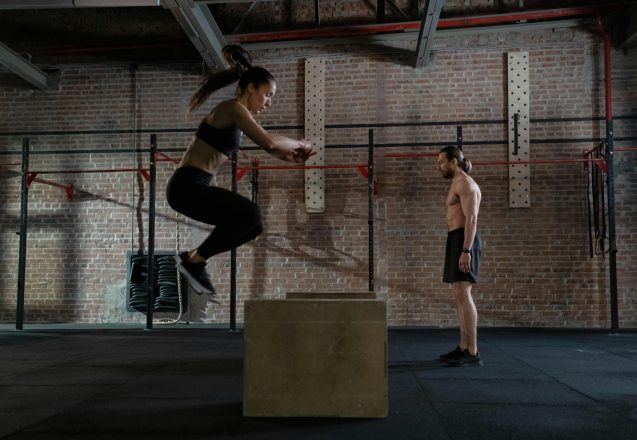
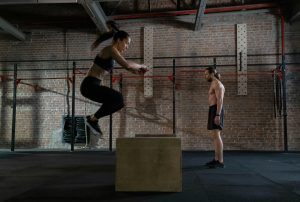 If you want to condition your muscles for a quick response time or maximum short bursts of strength, include plyometric workouts in your fitness program. It’s all about the muscle SSC—stretch-shortening cycle. It’s the mechanism providing spring-like muscle performance that improves explosive and endurance-type athletic performances. It has three phases: the eccentric phase, the amortization phase, and the concentric phase. The eccentric phase occurs when you crouch before you jump. The concentric phase needs to be kept short to increase the power. It’s the transition period. The concentric phase shortens muscles to generate force. It’s when the muscles make their explosive movement.
If you want to condition your muscles for a quick response time or maximum short bursts of strength, include plyometric workouts in your fitness program. It’s all about the muscle SSC—stretch-shortening cycle. It’s the mechanism providing spring-like muscle performance that improves explosive and endurance-type athletic performances. It has three phases: the eccentric phase, the amortization phase, and the concentric phase. The eccentric phase occurs when you crouch before you jump. The concentric phase needs to be kept short to increase the power. It’s the transition period. The concentric phase shortens muscles to generate force. It’s when the muscles make their explosive movement.
 It’s back. It’s the time when people in Irvine, CA start working on their New Year’s goals they set at the stroke of midnight on December 31st. They may be struggling to keep them in the first few weeks or even decide to give up. Frequently, the reason is that they aren’t realistic and are trying to change too much too quickly. If you’re 100 pounds overweight, don’t expect to lose it in a month. Instead, focus on losing two pounds a week. You can celebrate next New Year’s Eve at your ideal weight. Even if you exercised six hours a day and starved yourself, you couldn’t lose that much weight in a month.
It’s back. It’s the time when people in Irvine, CA start working on their New Year’s goals they set at the stroke of midnight on December 31st. They may be struggling to keep them in the first few weeks or even decide to give up. Frequently, the reason is that they aren’t realistic and are trying to change too much too quickly. If you’re 100 pounds overweight, don’t expect to lose it in a month. Instead, focus on losing two pounds a week. You can celebrate next New Year’s Eve at your ideal weight. Even if you exercised six hours a day and starved yourself, you couldn’t lose that much weight in a month.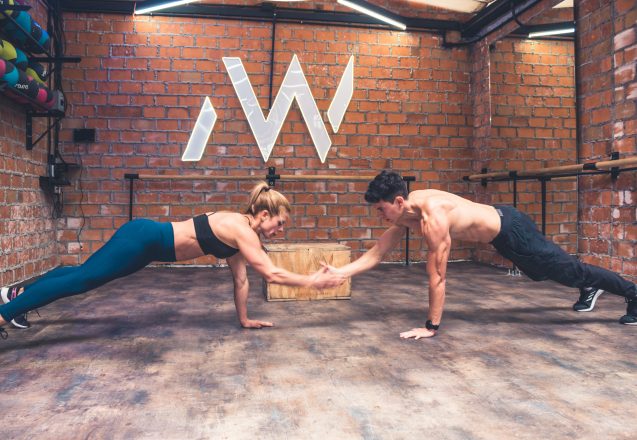
 One way of improving your chances of consistent workouts is using the buddy system. It offers many benefits. One is accountability. That’s also one reason trainers help so much. You commit to an exercise program with another person at a specific time, so you go, knowing they’ll be there waiting for you. It’s the same as you do when you work with a trainer. Knowing someone else is tracking your progress keeps you accountable. One study found that people kept their workout schedule better if they were phoned every two weeks to check their progress.
One way of improving your chances of consistent workouts is using the buddy system. It offers many benefits. One is accountability. That’s also one reason trainers help so much. You commit to an exercise program with another person at a specific time, so you go, knowing they’ll be there waiting for you. It’s the same as you do when you work with a trainer. Knowing someone else is tracking your progress keeps you accountable. One study found that people kept their workout schedule better if they were phoned every two weeks to check their progress.
 When you’re trying to stay fit, traveling makes it more difficult. It may feel impossible whether you’re flying or driving. It disrupts your schedule. You aren’t close to your gym or have the convenience of controlling what you eat by making it yourself. It’s easy to fall off your diet or skip exercising. It takes extra planning to ensure you stick with your routine. Here are some ways to help you reach your goals when traveling for business or pleasure.
When you’re trying to stay fit, traveling makes it more difficult. It may feel impossible whether you’re flying or driving. It disrupts your schedule. You aren’t close to your gym or have the convenience of controlling what you eat by making it yourself. It’s easy to fall off your diet or skip exercising. It takes extra planning to ensure you stick with your routine. Here are some ways to help you reach your goals when traveling for business or pleasure.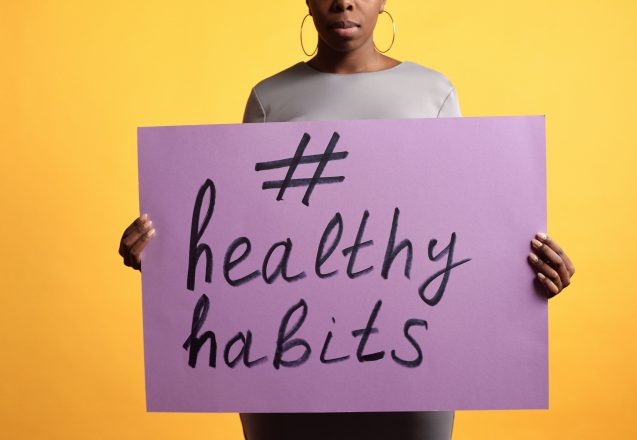
 Why would you want to turn working out into a habit? Habits, whether good or bad, are hard to break. If you’ve ever moved to a different part of town, you may have driven to your old address on the way home. It comes from years of doing it until it became a habit. You do it without thinking, like brushing your teeth in the morning or making coffee. Link exercising with something you do every day. Develop a habit of walking for half an hour after dinner or exercising right after you get up in the morning.
Why would you want to turn working out into a habit? Habits, whether good or bad, are hard to break. If you’ve ever moved to a different part of town, you may have driven to your old address on the way home. It comes from years of doing it until it became a habit. You do it without thinking, like brushing your teeth in the morning or making coffee. Link exercising with something you do every day. Develop a habit of walking for half an hour after dinner or exercising right after you get up in the morning.